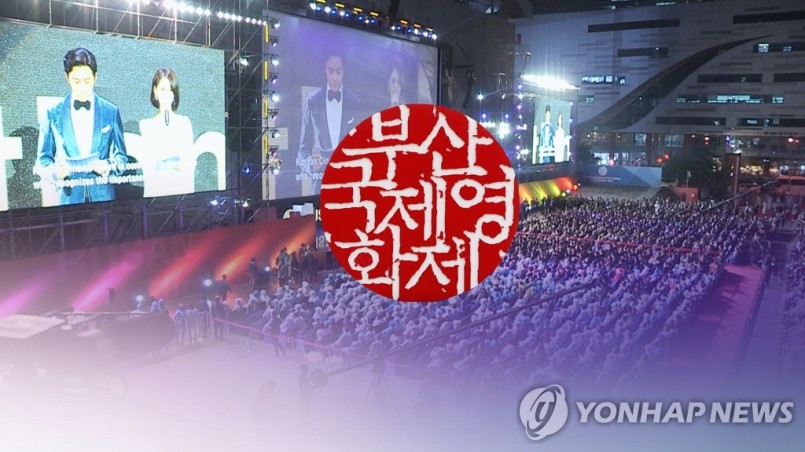The 24th Busan International Film Festival screened 299 films from 85 countries. The Opening Film was The Horse Thieves. Roads of Time by Yerlan Nurmukhambetov, Lisa Takeba from Kazakhstan/Japan, and the Closing Film: Moonlit Winter by Lim Dae-Hyung from South Korea. The festival drew a total audience of 189,116 people.
During the Busan International Film Festival, a 'Guest Meeting' event will be held where you can meet over 140 domestic and foreign selected films of directors and actors online and offline.
According to the Busan International Film Festival's announcement on the 19th of October, 2020, 140 directors and actors out of the 192 selected films will participate in the guest meeting event from the 21st to the 30th of October, 2020.
With COVID-19 restrictions, Korean works will be conducted offline, and overseas works will be conducted online.
This is a dream event for film lovers worldwide and definitely an amazing opportunity to meet some of the best talents of the global film industry.

The Busan International Film Festival (BIFF, previously Pusan International Film Festival, PIFF), held annually in Haeundae-gu, Busan (also Pusan), South Korea, is one example most significant film festivals in Asia. The first festival, held from 13 to 21 September 1996, was also the first international film festival in Korea. The BIFF's main focus is to introduce new films and first-time directors, especially those from Asian countries. Another notable feature is the appeal of the festival to young people, both in terms of the large youthful audience it attracts and its efforts to develop and promote young talent.
In 1999, the Pusan Promotion Plan (renamed the Asian Project Market in 2011) was established to connect new directors to funding sources. The 16th BIFF in 2011 saw the festival move to a new permanent home, the Busan Cinema Center in Centum City. The Busan Cinema Center is an about USD 150 million structure designed by Austria-based architecture collective Coop Himmelblau. The about 30,000 m² Cinema Center includes a 4,000-seat outdoor theatre; four indoor screens under an LED-covered roof; media center; archive space; and conference rooms; allowing the festival to include industry forums and educational activities.












